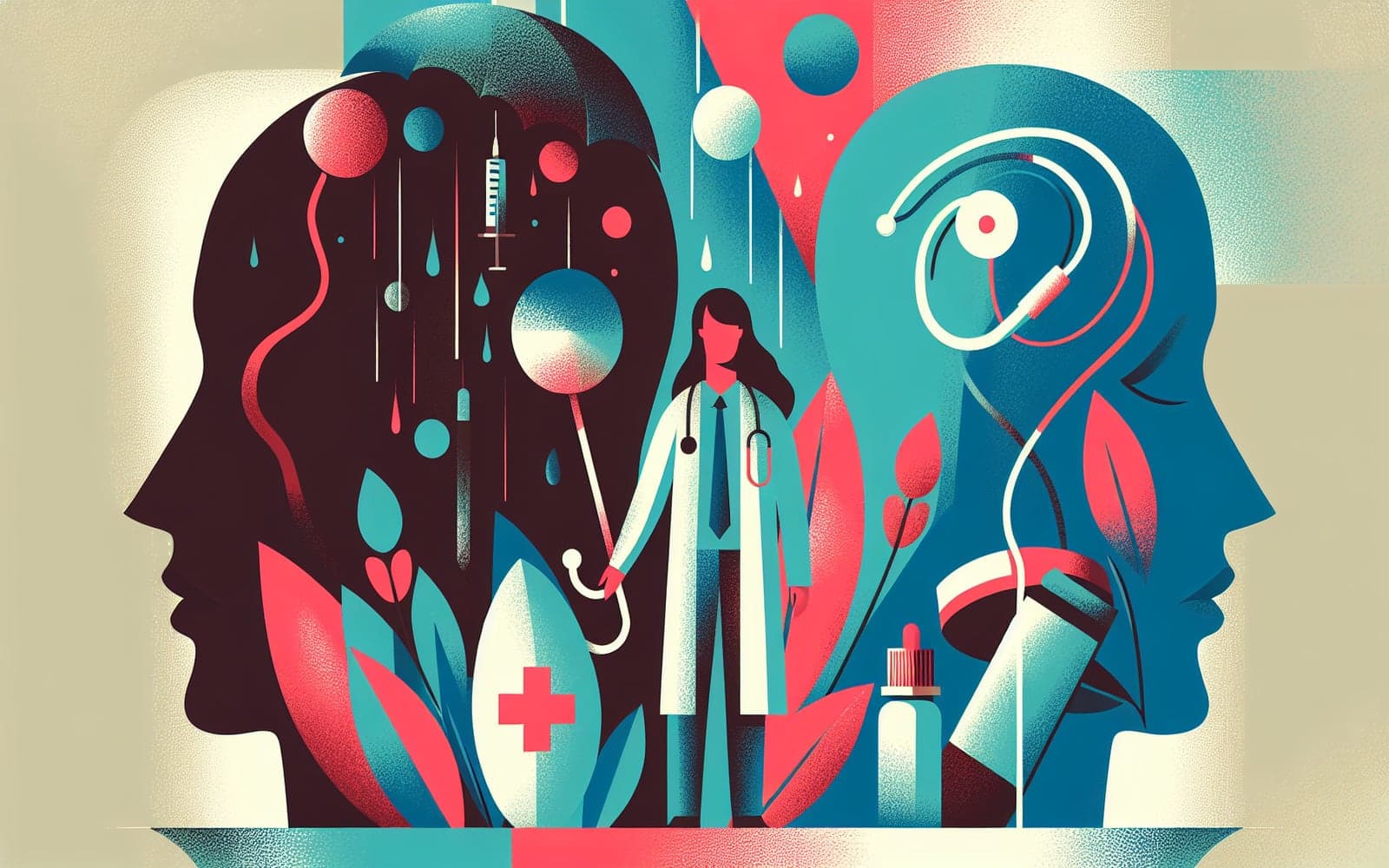What Causes Secondary Amenorrhea? The Surprising Truth
Published: Nov 19, 2023
Secondary amenorrhea is when women who previously had regular periods stop menstruating for three months or longer. Understanding the causes is crucial for effective treatment and management.
Contents
Common Causes of Secondary Amenorrhea
Secondary amenorrhea can arise from various issues in the hypothalamus, pituitary, ovaries, and uterus. Hypothalamic dysfunction accounts for 35% of cases, often due to stress or weight loss. Ovarian issues like PCOS contribute to 40% of cases, while pituitary problems such as hyperprolactinemia make up 17% of cases.
The Role of Systemic Illness
Systemic illnesses like diabetes and celiac disease can disrupt menstrual cycles, leading to amenorrhea. These conditions may decrease hypothalamic GnRH secretion or cause nutritional deficiencies. For instance, type 1 diabetes significantly increases the risk of menstrual irregularities.

Ovarian and Uterine Factors
Ovarian disorders like primary ovarian insufficiency (POI) can lead to amenorrhea due to early menopause. Uterine issues such as intrauterine adhesions, known as Asherman syndrome, prevent the normal menstrual cycle by scarring the uterine lining.
Frequently Asked Questions
Pregnancy is the most common cause of secondary amenorrhea.
PCOS leads to hormonal imbalances that can cause irregular or missed periods.
Yes, stress can lead to hypothalamic dysfunction, causing amenorrhea.
Asherman syndrome is uterine scarring that disrupts normal menstruation.
Key Takeaways
Understanding the diverse causes of secondary amenorrhea is key to finding the right treatment.
Talk with Doctronic today to explore the underlying causes of secondary amenorrhea.Related Articles
References
Reindollar RH, Novak M, Tho SP, McDonough PG. Adult-onset amenorrhea: a study of 262 patients. Am J Obstet Gynecol 1986; 155:531.
Ibáñez L, Oberfield SE, Witchel S, et al. An International Consortium Update: Pathophysiology, Diagnosis, and Treatment of Polycystic Ovarian Syndrome in Adolescence. Horm Res Paediatr 2017; 88:371.
Always discuss health information with your healthcare provider.

